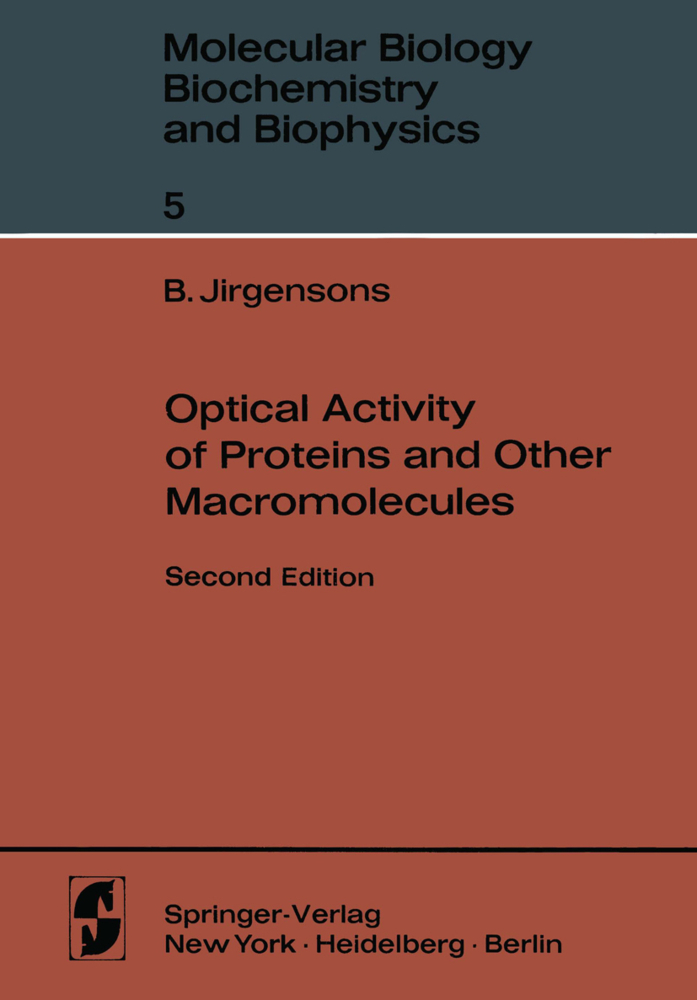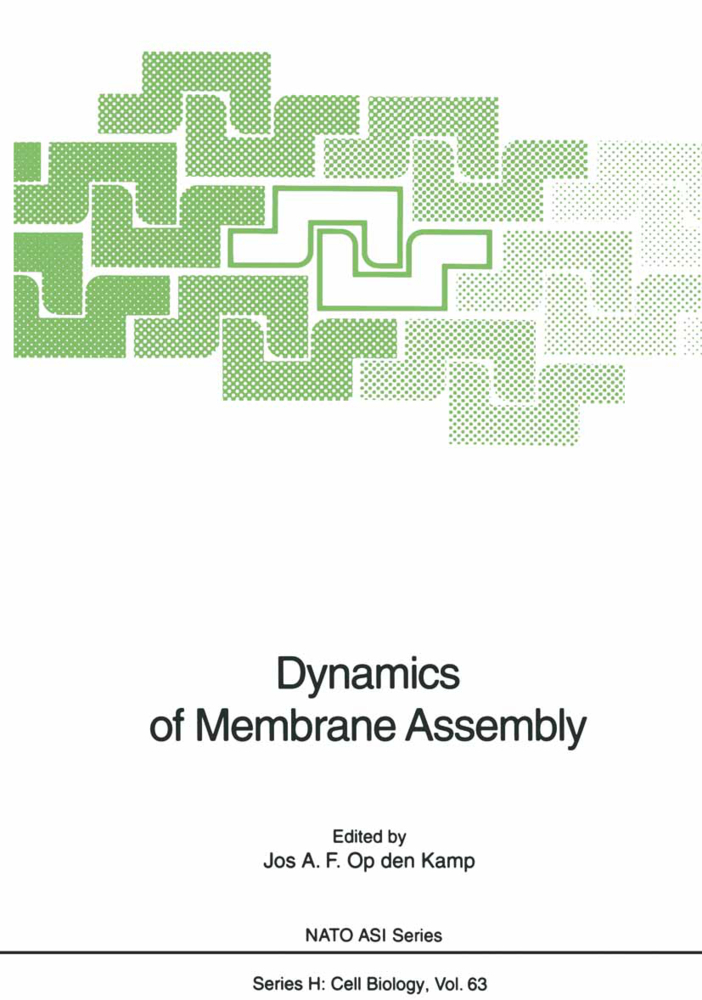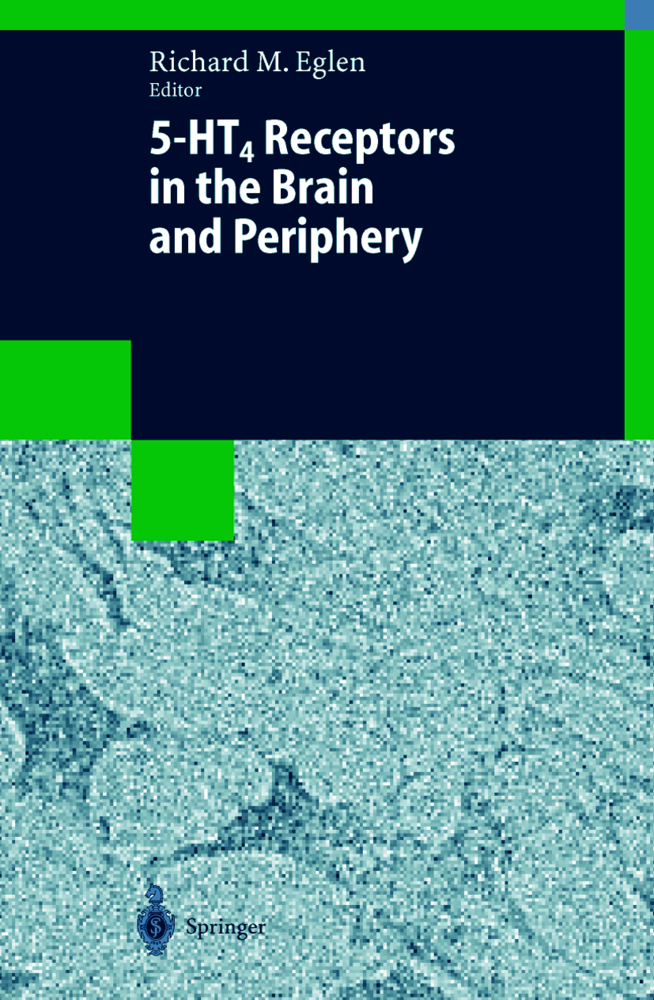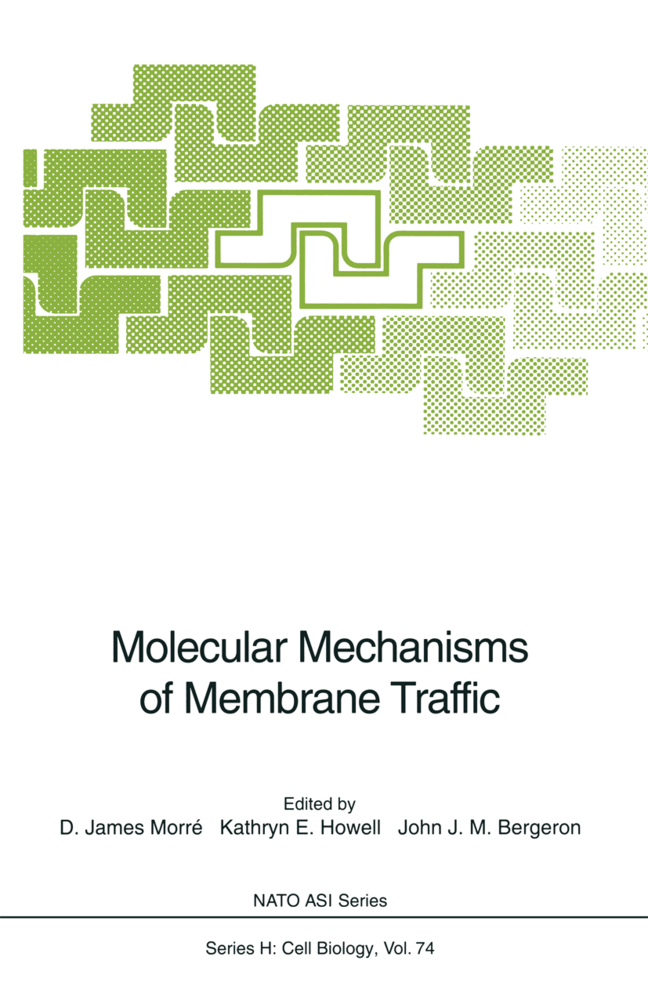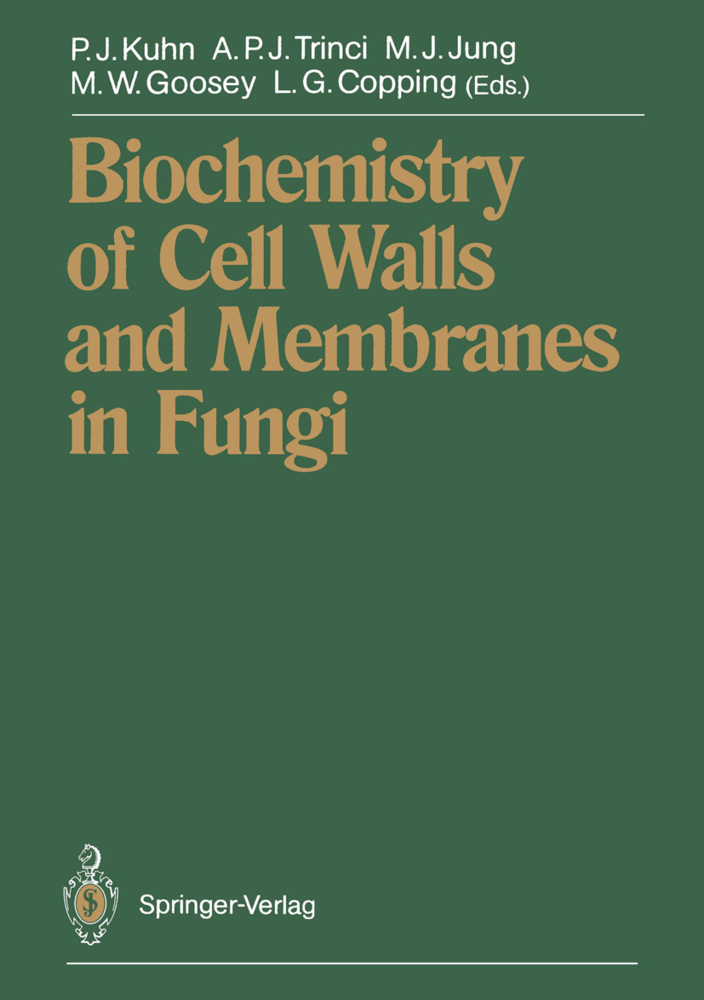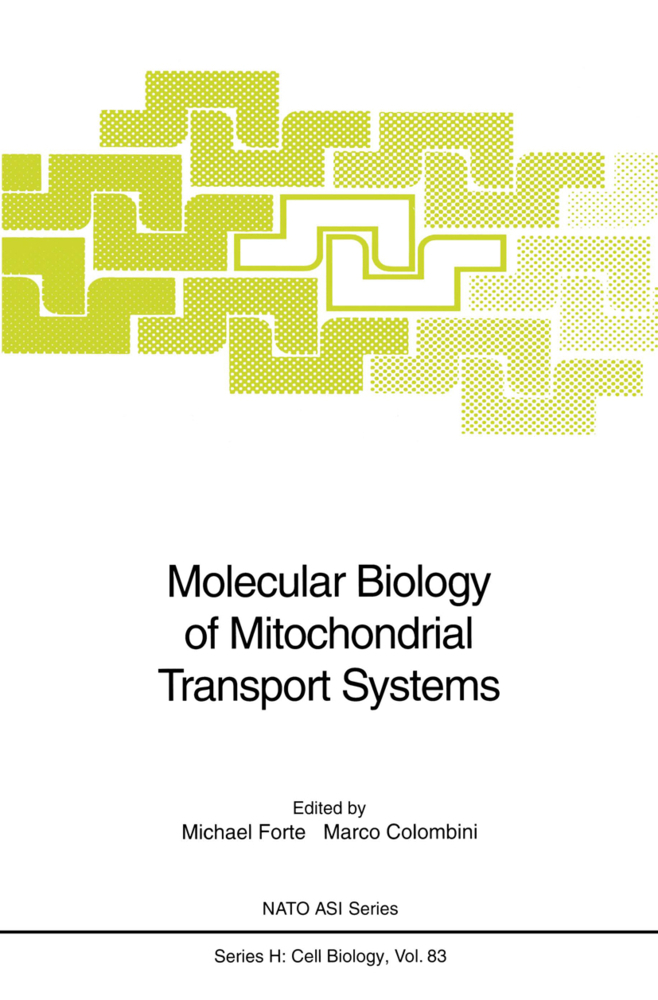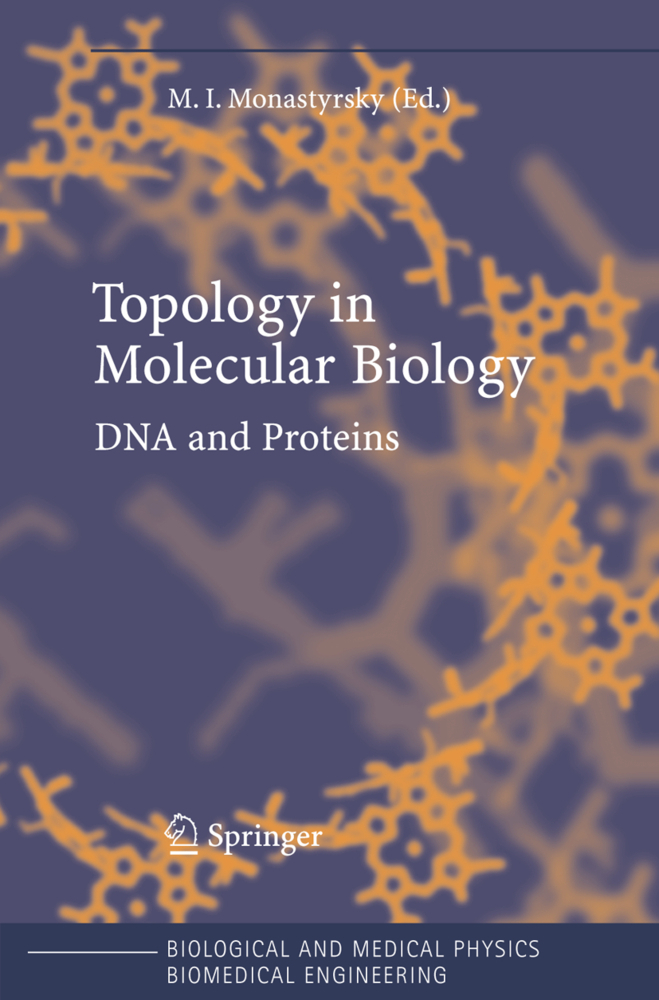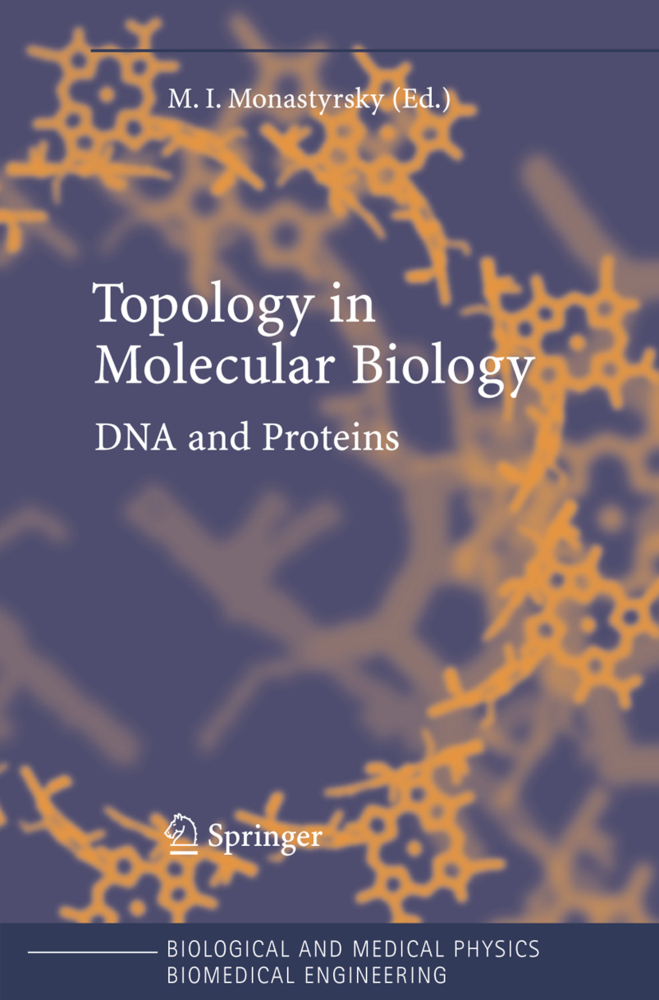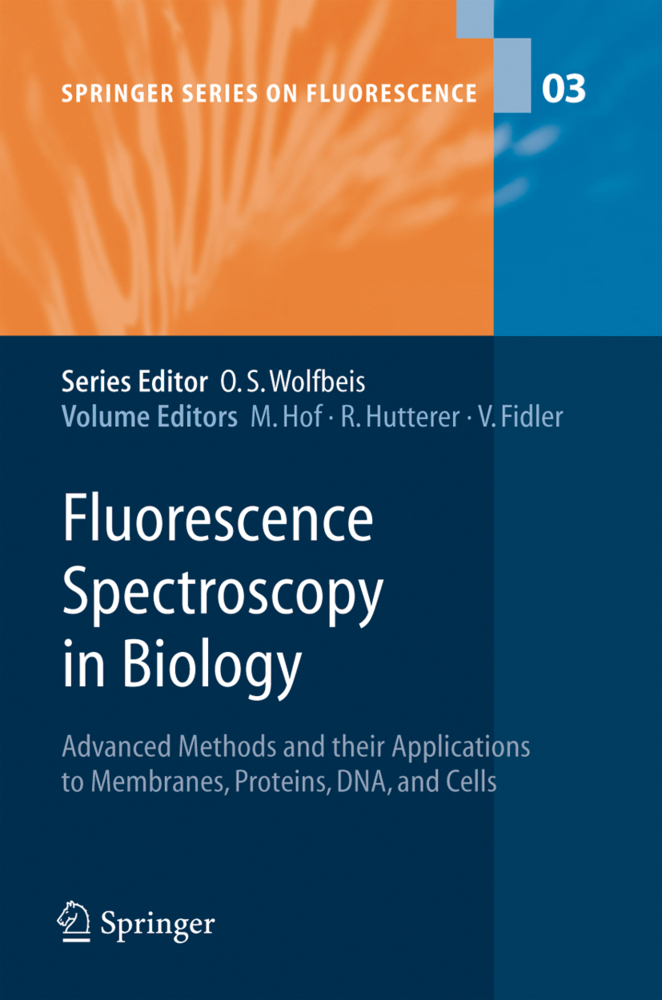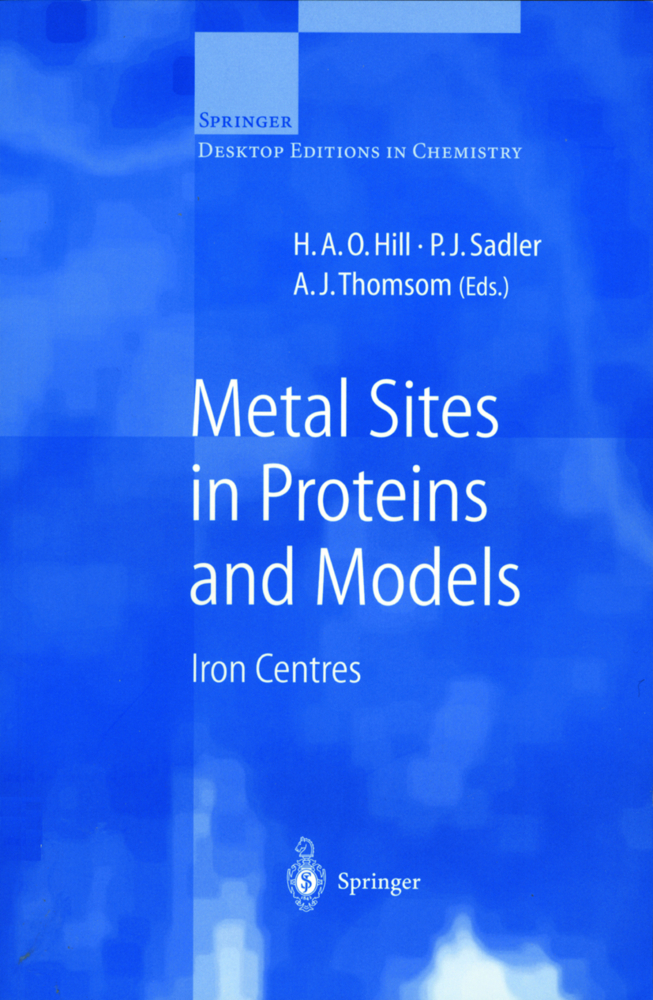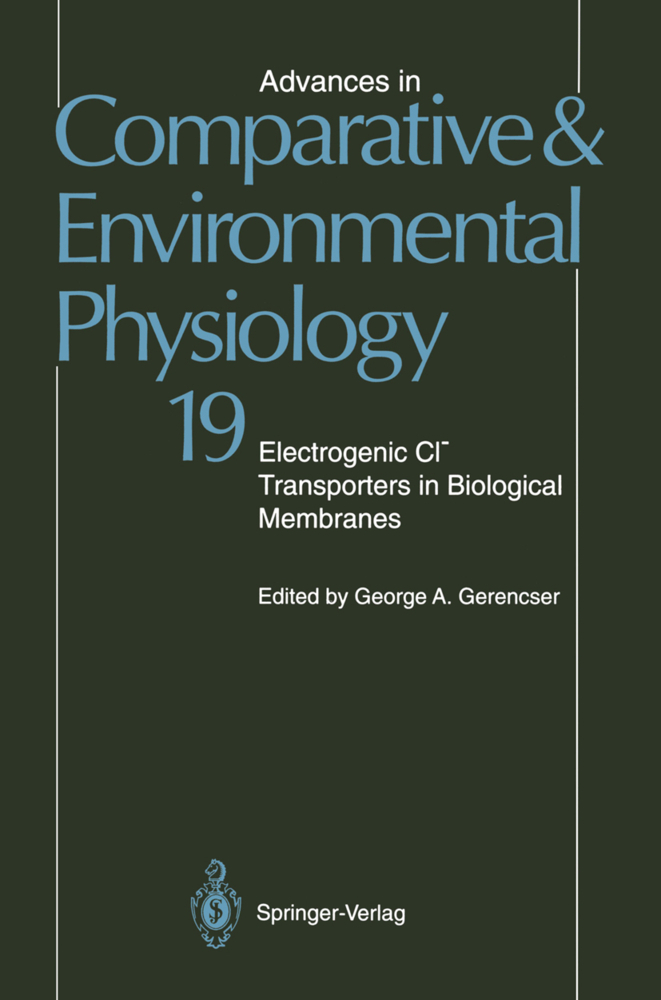Optical Activity of Proteins and Other Macromolecules
Optical Activity of Proteins and Other Macromolecules
The application of circular dichroism (CD) to various problems involving con formation of proteins and other biopolymers is emphasized in this revised and enlarged second edition. The usefulness of CD and ORD in helping to solve structural prob lems is demonstrated by many examples, and the most essential data are tabulated. The author is sincerely grateful to the editors of the series Molecular Biology, Bio chemistry and Biophysics, especially to Professor GEORG F. SPRINGER, M.D., for their interest in this edition, as well as to the many reviewers for their constructive criticism of the first edition of this book. Our previously unpublished work reported in this second edition was supported in part by grants from the R. A. Welch Foundation (grant G-051) and U.S. Public Health Service (grant CA-01785). Houston, September 1973 B. JIRGENSONS Preface to the First Edition Great advances have been made in the application of physical methods in the study of the structure of proteins and other biological macromolecules. Optical rotatory dispersion has been successful in solving structural problems, and a vast amount of literature has accumulated on this subject. Several review articles appeared between 1961 and 1965, but significant progress has been made since 1965. Important new studies, especially on the Cotton effects in the far ultraviolet spectrum, have rendered many previous publications obsolete so that a concise monograph should be useful at this time.
1. Refraction of Monochromatic Polarized Light
2. Optical Rotation
3. Specific Rotation
4. Corrected Mean Residual Specific Rotation
5. Optical Activity and Absorption of Light
6. Optical Rotatory Dispersion. The Drude Equation
7. The Moffitt Equation for the Rotatory Dispersion of Helical Structures
8. Configuration and Conformation
9. The Far Ultraviolet Absorption Maxima and Cotton Effects
10. Absorption and Refraction
11. Circular Dichroism
12. Magnetic Circular Dichroism
III Polarimeters and Spectropolarimeters. The Measurement of Optical Activity
1. Visual Polarimetry
2. Photoelectric Spectropolarimetry
3. Optical Rotatory Dispersion Measurement. General Principles of Operation. Sources of Errors. Accuracy and Reproducibility
4. Cells and Solutions
5. Circularly Polarized Light
6. Circular Dichroism Measurement
7. Resolution of Circular Dichroism Curves
8. Circular Dichroism Measurement in the Vacuum Ultraviolet Region
IV Optical Activity of Amino Acids, Peptides, and Proteins
1. Optical Rotation and Configuration of ?-Amino Acids
2. Optical Rotatory Dispersion of ?-Amino Acids
3. Rotatory Contribution of Amino Acid Residues in Peptides
4. Optical Rotation of Proteins at Various pH
5. Circular Dichroism of Amino Acids
V The Optical Rotatory Dispersion of Polyamino Acids and Proteins. Measurements in the Visible and Near Ultraviolet Spectral Zones
1. Rotatory Dispersion of Polyamino Acids as Protein Models
2. Rotatory Dispersion of Proteins
3. Limitations of the Drude and MoffittMethods in the Elucidation of Protein Conformation
4. Amino Acid Composition and Conformation of Proteins
VI The Far Ultraviolet Cotton Effects of Synthetic Polyamino Acids
1. The ?-Helical and Random Conformations of Poly-?-l-glutamic Acid and Poly-?-l-lysine
2. ORD of Other Structural Orders
3. Circular Dichroism of Polyamino Acids of Various Conformations
VII The Cotton Effects and Conformation of Proteins
1. Attempts to Classify Proteins According to Their Conformation
2. Comments on Nomenclature
3. Cotton Effects of Proteins with a High ?-Helix Content
4. Rotatory Dispersion, Circular Dichroism, X-Ray Diffraction, and Conformation of Myoglobin, Lysozyme, and Other Proteins
5. Conformational Transitions and Cotton Effects in the Near Ultraviolet and Visible Spectrum
6. The Fine Structure of the Near Ultraviolet CD Bands and Conformational Features of the Aromatic Chromophores
VIII Cotton Effects and Conformation of Nonhelical Proteins
1. Globular Proteins of Known and Unknown Conformation
2. Globular Proteins having a High Content of ? Conformation
3. Cotton Effects and Conformation of Bovine Pancreatic Ribonuclease
4. Other Rigid Nonhelical Proteins
5. Cotton Effects and Conformation of Flexible Nonhelical Proteins
6. Cotton Effects and Conformation of Immunoglobulins
7. Effect of Detergents on the Conformation of Nonhelical Proteins
8. Circular Dichroism of Small Polypeptide Hormones
IX Optical Activity of Structural Proteins
1. Natural Variety of Structural Proteins and Difficulties Involved in Their Study
2. Structural Proteins with a High ?-Helix Content
3. Optical Activity of Structural Proteins with ? Conformation
4. Optical Activity and Conformation of Collagen
X Optical Activity of Nucleoproteinsand Histones
1. Conformation of Histones
2. Optical Activity of Nucleic Acids and Nucleoproteins
3. Conformation of Proteins and Nucleic Acids in Ribosomes, Viruses, and Phages
XI Optical Activity of Glycoproteins and Lipoproteins
1. Glycoproteins and Polysaccharides
2. Lipoproteins
3. Membranes and Other Particulate Suspensions
XII Concluding Remarks
References.
I The Realm of Proteins. Structural Features. The Phenomenon of Optical Activity. Historical Highlights
II The Phenomena of Optical Activity. Terms and Definitions. Theoretical Considerations. The Drude and Moffitt Equations1. Refraction of Monochromatic Polarized Light
2. Optical Rotation
3. Specific Rotation
4. Corrected Mean Residual Specific Rotation
5. Optical Activity and Absorption of Light
6. Optical Rotatory Dispersion. The Drude Equation
7. The Moffitt Equation for the Rotatory Dispersion of Helical Structures
8. Configuration and Conformation
9. The Far Ultraviolet Absorption Maxima and Cotton Effects
10. Absorption and Refraction
11. Circular Dichroism
12. Magnetic Circular Dichroism
III Polarimeters and Spectropolarimeters. The Measurement of Optical Activity
1. Visual Polarimetry
2. Photoelectric Spectropolarimetry
3. Optical Rotatory Dispersion Measurement. General Principles of Operation. Sources of Errors. Accuracy and Reproducibility
4. Cells and Solutions
5. Circularly Polarized Light
6. Circular Dichroism Measurement
7. Resolution of Circular Dichroism Curves
8. Circular Dichroism Measurement in the Vacuum Ultraviolet Region
IV Optical Activity of Amino Acids, Peptides, and Proteins
1. Optical Rotation and Configuration of ?-Amino Acids
2. Optical Rotatory Dispersion of ?-Amino Acids
3. Rotatory Contribution of Amino Acid Residues in Peptides
4. Optical Rotation of Proteins at Various pH
5. Circular Dichroism of Amino Acids
V The Optical Rotatory Dispersion of Polyamino Acids and Proteins. Measurements in the Visible and Near Ultraviolet Spectral Zones
1. Rotatory Dispersion of Polyamino Acids as Protein Models
2. Rotatory Dispersion of Proteins
3. Limitations of the Drude and MoffittMethods in the Elucidation of Protein Conformation
4. Amino Acid Composition and Conformation of Proteins
VI The Far Ultraviolet Cotton Effects of Synthetic Polyamino Acids
1. The ?-Helical and Random Conformations of Poly-?-l-glutamic Acid and Poly-?-l-lysine
2. ORD of Other Structural Orders
3. Circular Dichroism of Polyamino Acids of Various Conformations
VII The Cotton Effects and Conformation of Proteins
1. Attempts to Classify Proteins According to Their Conformation
2. Comments on Nomenclature
3. Cotton Effects of Proteins with a High ?-Helix Content
4. Rotatory Dispersion, Circular Dichroism, X-Ray Diffraction, and Conformation of Myoglobin, Lysozyme, and Other Proteins
5. Conformational Transitions and Cotton Effects in the Near Ultraviolet and Visible Spectrum
6. The Fine Structure of the Near Ultraviolet CD Bands and Conformational Features of the Aromatic Chromophores
VIII Cotton Effects and Conformation of Nonhelical Proteins
1. Globular Proteins of Known and Unknown Conformation
2. Globular Proteins having a High Content of ? Conformation
3. Cotton Effects and Conformation of Bovine Pancreatic Ribonuclease
4. Other Rigid Nonhelical Proteins
5. Cotton Effects and Conformation of Flexible Nonhelical Proteins
6. Cotton Effects and Conformation of Immunoglobulins
7. Effect of Detergents on the Conformation of Nonhelical Proteins
8. Circular Dichroism of Small Polypeptide Hormones
IX Optical Activity of Structural Proteins
1. Natural Variety of Structural Proteins and Difficulties Involved in Their Study
2. Structural Proteins with a High ?-Helix Content
3. Optical Activity of Structural Proteins with ? Conformation
4. Optical Activity and Conformation of Collagen
X Optical Activity of Nucleoproteinsand Histones
1. Conformation of Histones
2. Optical Activity of Nucleic Acids and Nucleoproteins
3. Conformation of Proteins and Nucleic Acids in Ribosomes, Viruses, and Phages
XI Optical Activity of Glycoproteins and Lipoproteins
1. Glycoproteins and Polysaccharides
2. Lipoproteins
3. Membranes and Other Particulate Suspensions
XII Concluding Remarks
References.
Jirgensons, Bruno
| ISBN | 978-3-642-87715-5 |
|---|---|
| Artikelnummer | 9783642877155 |
| Medientyp | Buch |
| Auflage | 2. Aufl. |
| Copyrightjahr | 2012 |
| Verlag | Springer, Berlin |
| Umfang | IX, 202 Seiten |
| Abbildungen | IX, 202 p. |
| Sprache | Englisch |

